Lodgepole pine is an abundant species in the interior of British Columbia (BC) and is important to the region’s forest economy. It is present in 9 of the 12 biogeoclimatic zones, occurring in 6 million hectares of forest across the region. Pine supplies as much as 80 percent of the annual timber harvest in some central interior forest districts and comprises 25 percent of the province’s timber supply.
The audit found the licensees operating in the Hallett landscape unit to be in compliance, in all significant respects, with the Forest Practices Code’s planning and practices requirements as they relate to MPB management within the audit area for operational planning; harvesting; road construction, maintenance and deactivation; site preparation; planting; and fire hazard abatement, for activities between September 1, 2002 and September 26, 2003.
In June 2001, the Board undertook a series of audits in an area within the Fort Nelson Forest District. This report, in addition to the published audit reports, is provided as an overview to assist the public to understand the effectiveness of overall forest stewardship in the audit area. Under section 189 of the Forest Practices Code of British Columbia Act, the Board chair is empowered to make such a special report regarding a matter that is in the public interest. This report is drawn from audit evidence and additional observations; and, in conjunction with the audits, reports on the overall stewardship of the land within the audit area.
A resident of the Fort Nelson area complained to the Forest Practices Board that the public did not have the opportunity to review and comment on the planned logging of a cutblock, and that this was contrary to theForest Practices Code of British Columbia Act and its regulations (the Code). The complaint concerns an amendment to a forest development plan (FDP) for Woodlot Licence 1717, located 70 kilometres northeast of Fort Nelson.
This report provides the results of the Forest Practices Board’s investigation into seismic line stream crossings near Little Hay River in Northeastern BC. While visiting Fort St. John in June 2000 during its special project examining forest development planning, the Board received photographs of newly completed seismic lines in the Little Hay River area near Fort Nelson. The photos appeared to indicate that stream crossings did not comply with the requirements of the Forest Practices Code of British Columbia Act and regulations (the Code). On July 24, 2000, the Board decided to initiate a special investigation into the matter. The investigation examined compliance with the Code, and the appropriateness of government enforcement of the Code, related to those stream crossings.
Many people would not associate seismic line activity with the Forest Practices Code. The following information helps provide some context for this special investigation and explains how seismic activities are regulated under the Code.
